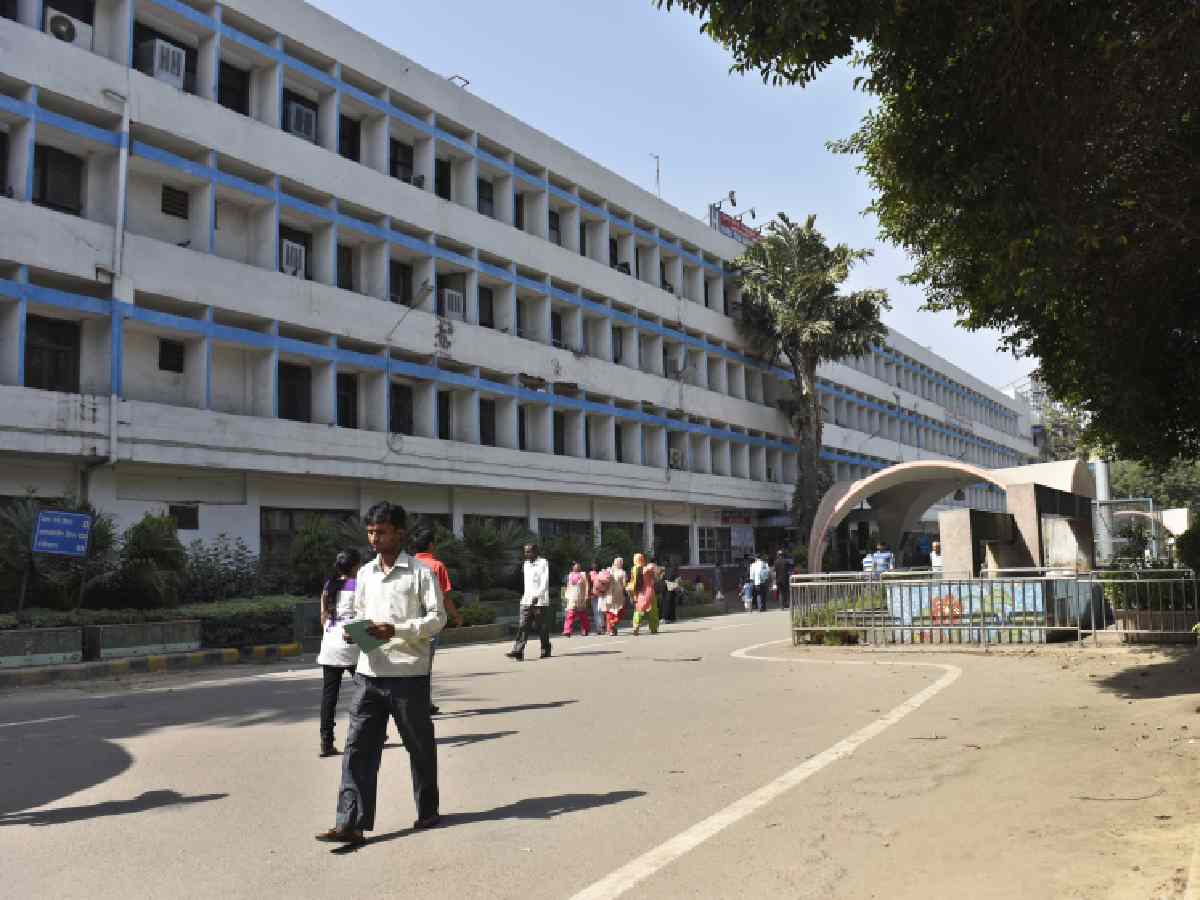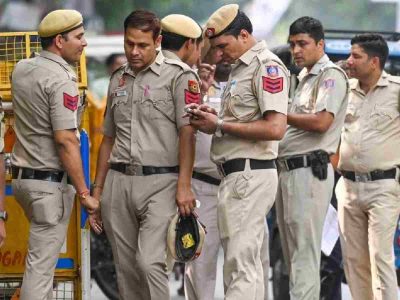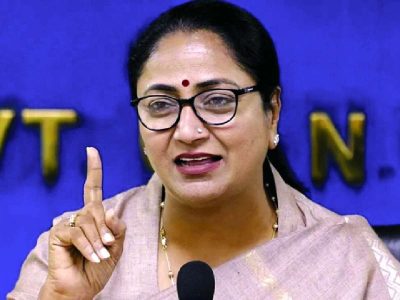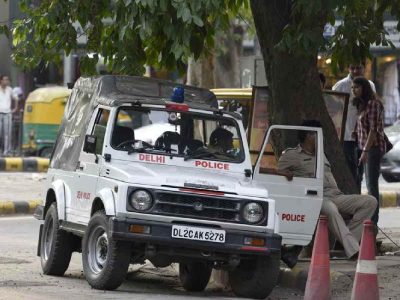Delhi: The doctors at the government hospitals in the national capital work round the clock under high pressure to treat scores of patients. However, they are getting neither time nor facilities to ensure they can rest even for a few minutes and have their meals in peace.
The workload makes it difficult for the healthcare professionals to work. The Doctors Duty Room (DDR) is a place which doctors visit to take rest or get themselves refreshed as they extend their shift to 24-48 hours depending on urgency.
Patriot visited several government hospitals including Guru Teg Bahadur (GTB) hospital, Lok Nayak (LNJP) hospital, Dr Ram Manohar Lohia (RML) hospital and others to take stock of the current situation of DDRs in these facilities.
Guru Teg Bahadur hospital
Guru Teg Bahadur (GTB) Hospital, which has a capacity of 1,700 beds, is one of the largest Delhi government hospitals in East Delhi and accommodates over 40 DDRs. Despite its significant role, the condition of the DDRs is alarmingly poor.
The walls are deteriorating, with paint flaking off like pow der, and it also lacks essential ventilation. The washrooms are in such a state of neglect that they are virtually unusable by the doctors.
Also read: Delhi: Mayor calls for action against basement coaching centers
Cleanliness is grossly inadequate, with broken chairs and air conditioners that fail to function due to a lack of regular maintenance. The mattresses, which are not covered with bedsheets, are old, dirty, and emit a foul odour, posing a challenge for doctors needing rest. Furthermore, the absence of water coolers in the DDRs deprives doctors of another basic necessity.
This dismal state of affairs reflects poorly on the hospital’s ability to provide a safe and hygienic environment for doctors who are working 24/7 to provide the patients with the best treatment.
Dr Nitesh Kumar, President of the Resident Doctors Association (RDA) at Guru Teg Bahadur (GTB) Hospital said, “The condition of DDRs at the hospital is pitiful. The doctors stretch their shifts on a regular basis as there is shortage of staff at the facility. There is no dedicated cleaning and sanitation staff to take care of the hygiene of DDRs.”
“DDRs are the basic right of the doctors. The hospital administration should ensure these on priority basis as it gets very difficult for doctors to even use the rest room of the DDRs as they are not in hygienic condition. The doc tors can’t even take a bath in the washrooms of the duty rooms,” Kumar said.
“The doctors give their 100% to every patient they treat but the hospital administration and the Delhi government should take care of the doctors as well as they are also human beings. This is not a very big ask, all that the doctors want is a place to rest for a while and gather their energy back so that they can treat more and more patients,” added GTB’s RDA president.
Hospital authorities refused to come on record. However, sources in the administration said that they are committed to ensuring cleanliness and hygiene across the hospital.
“The ACs in the DDRs are maintained regularly. The washrooms in the DDRs are cleaned two times a day. The hospital administration will look into the matter and resolve the other issues as soon as possible. The hospital is fully com mitted to providing a suitable working environment to the doc tors,” sources added.
Lok Nayak hospital
The medical facility in central Delhi is the largest Delhi government-run hospital in the national capital. It currently has 45 DDRs commissioned at the hospital with one at every ward to facilitate the resident doctors working tirelessly round the clock and saving lives of the people.
Notably, LNJP has over 1,597 commissioned beds in all the medical and surgical specialities.
When Patriot visited the facility, it was revealed that the DDRs present at the Operation Theatre (OT) are in splendid condition. Centralised ACs and all the basic facilities for the doctors are available there.
However, the condition of the duty rooms at the wards was horrible with tobacco stains on the walls, leaking water coolers, and dirty washrooms. Apart from this, there were no bedsheets on the mattresses at the DDR making it difficult for the doc tors to take a nap while doing a 48-hour shift at the hospital.
No gender specific duty rooms are available at the hospital, so it gets very awkward for the female doctors to change their uniforms. The ACs at the DDRs are not in a very good state, further making things difficult for the resident doctors.
The most disturbing thing which Patriot found at the LNJP hospital is that the Causality’s DDR is situated at ground floor of the Accident and Emergency Department with the oxygen panel and electric panel side by side posing a severe risk to the doctors.
In case of short circuit, there are chances of a blast which can result in a massive fire at the hospital. When asked, a senior official said that they have shot two letters to the Medical Superintendent (MS) office underlining this concern but no action has been taken till now.
According to a doctor, who did not wish to be named, said, “We (doctors) never care about the timings as our priority is helping the patients in need as people visiting the government hospitals cannot afford the bills of a private hospital. We always remain committed to treating the patients irrespective of the time.”
“Our only demand is that the hospital administration should also take care of the doctors working in such difficult environment and with such short staff. DDR is a basic amenity which every doctor deserves to take rest or have meal,” he said.
Also read: Delhi: Government hospitals in city in need of intensive care
Blaming the junior resident doc tors for the condition of DDRs, sources at the LNJP hospital administration department alleged that the junior doctors do not keep their rooms clean and stated that the duty rooms of the senior resident doctors are always neat and tidy.
“LNJP hospital is fully commit ted to providing a safe and better environment for the resident doc tors so that they can work with full capability and potential. The hospital will also look into the com plaints and will resolve it on priority basis,” sources added.
Delhi government’s response
Patriot reached out to Health Minister Saurabh Bharadwaj for comments. However, no response was received by the time of publication.
The national capital has hospitals managed by different authorities. The Delhi government operates 39 hospitals, the central government runs 7 hospitals, and the Municipal Corporation of Delhi (MCD) oversees 52 hospitals in the city.
Hope at the premiere medical institutions
The bigger and more renowned hospitals in the city — the All India Institute Of Medical Sciences (AIIMS) and Safdarjung Hospital — both central government-run, had all the necessary facilities at their DDRs.
Dr. Ram Manohar Lohia Hospital, another large medical facility, also had satisfactory provisions at their DDRs. With a bed capacity of 1,500, the hospital has more than 40 DDRs for its doctors. The DDRs of the RML Hospital contain everything doctors need, including clean clothes and bed sheets, sofas, single beds, well maintained centralised AC, neat and tidy washrooms, and tables for meals.
The walls of the DDRs are covered with tiles. Sanitation staff maintains the duty rooms regularly. A doctor, on the condition of anonymity, said, “The DDRs at the RML hospital have everything we need. The washrooms are clean and all the things which a doctor needs are available in the duty rooms.”
Official sources at the RML hospital said, “DDRs are the most important thing for doctors as they are also human beings. They attend scores of patients in a day. They work tirelessly round the clock and serve the society.
“Our hospital ensures that they get every facility they need so that they can work with full dedication. We will work further to provide a better working environment for our doctors,” added the official sources.





